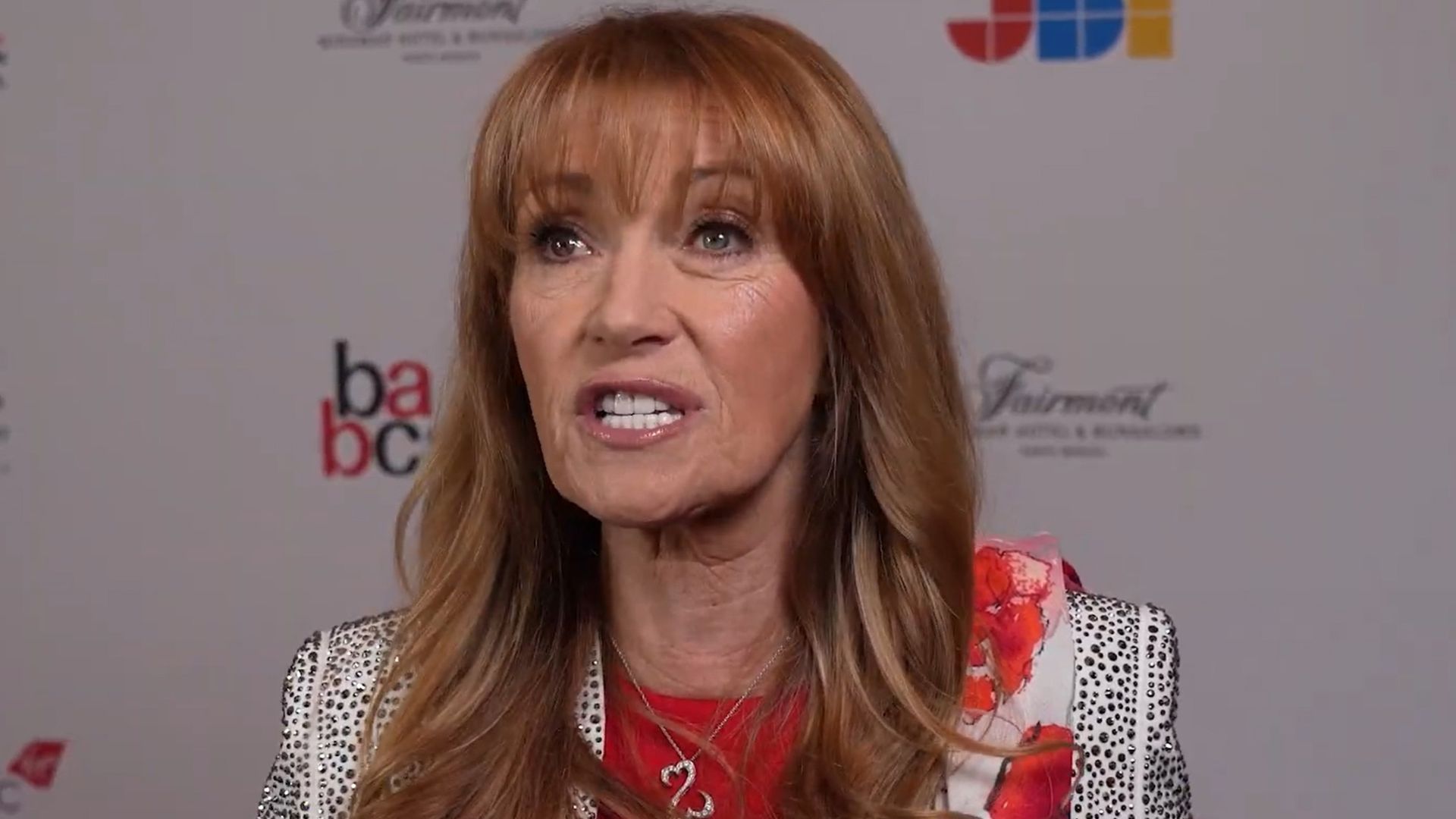
A car chase by the Penobscot County Sheriff’s Office last month that led to the deaths of two people likely shouldn’t have happened based on the department’s own policy, experts said.
Noah Mushero of Bangor and Sheena Soctomah-Rolfe of Orono, both 39, died in a crash on Finson Road in Bangor following a chase by the Penobscot County Sheriff’s Office on July 22. Their speeding car hit a tree around 9:30 a.m. and their deaths were unattended, Bangor police Sgt. Jason McAmbley said previously.
Mushero was on probation and was not supposed to have contact with Soctomah-Rolfe. She had a warrant for her arrest for alleged drug trafficking, police said.
The sheriff’s office has a 15-page policy outlining how and when a police pursuit should take place. Based on this policy and the information available about the pursuit, the police chase that preceded the double fatal crash likely shouldn’t have happened, two law enforcement experts told the Bangor Daily News.
The discrepancies between the Penobscot County Sheriff’s Office’s policy and what’s known about the fatal crash raise questions about whether the deputy who initiated the chase abided by the department’s own standards.
The Penobscot County Sheriff’s Office did not respond to questions about why the deputy started the pursuit, citing an ongoing investigation. The Bangor Police Department deferred the question to the sheriff’s office.
An internal policy review of the chase will happen after the Bangor Police Department finishes its investigation, Penobscot County Sheriff Troy Morton said.
Under the Penobscot County Sheriff’s Office policy, if a deputy can identify the people driving the car and reasonably believes that person can be apprehended later without creating a “greater hazard,” a pursuit should not happen.
If the deputy knows who they are pursuing and the person isn’t accused of a violent felony, it’s safer to stop the chase and arrest them later, Tom Gleason, a retired police captain, said. Gleason worked for 36 years in law enforcement and then spent about 20 years training officers across the nation, including for the U.S. Department of Justice. He’s a member of the advisory board for the nonprofit PursuitSAFETY.
“You already know the person you’re pursuing,” Gleason said. “He hasn’t committed a forcible felony. Then why are you risking other people’s lives? It could’ve easily been another vehicle that they struck, and killed the people in that vehicle.”
Drug trafficking is not a violent offense, and not a charge that requires an immediate arrest, lawyer Kevin Madison said. He is a former police chief and certified police instructor.
“If you know who they are, you’re most likely going to know where they reside and you can catch them later rather than putting the public at risk,” Madison said.
A pursuit is only allowed if the deputy reasonably believes the suspect would be a danger to other people if the person is allowed to flee, according to the Penobscot County Sheriff’s Office policy.
It also specifies that when a pursuit starts, a supervisor is in control. That is among best practices because, in the moment, it’s hard for the pursuing officer to take a step back and understand the full scope, Madison said. Balancing multiple risk factors while driving fast and talking on the radio is hard, he said.
Some officers may take a person fleeing personally, and once they do, their judgment is flawed, Gleason added. That’s why policies exist and why a supervisor takes over decision making.
“We know how we’re going to be able to catch them sometime later,” Madison said. “You have to turn off the adrenaline and turn on the cognitive thinking. This risk-reward is way out of proportion in risk compared to the reward.”
Police have not said what speed Mushero and Soctomah-Rolfe and the pursuing deputy were driving at the time of the crash. Bangor police are investigating the crash and it “won’t be done for some time,” McAmbley said. The Penobscot County Sheriff’s Office policy is to have another agency not involved in the crash investigate.
The deputy who started the pursuit has not been publicly identified.
There is no dashboard camera footage of the police chase. The sheriff’s office bought dashboard and body-worn cameras but they are not yet turned on because the cost and work of running the system was more than expected, Morton said previously.
Bangor officers pursued Mushero and Soctomah-Rolfe in a chase two days before the fatal crash. An officer recognized both of them and started the pursuit after verifying Soctomah-Rolfe had an active warrant, McAmbley said. That chase ended shortly after it began.










